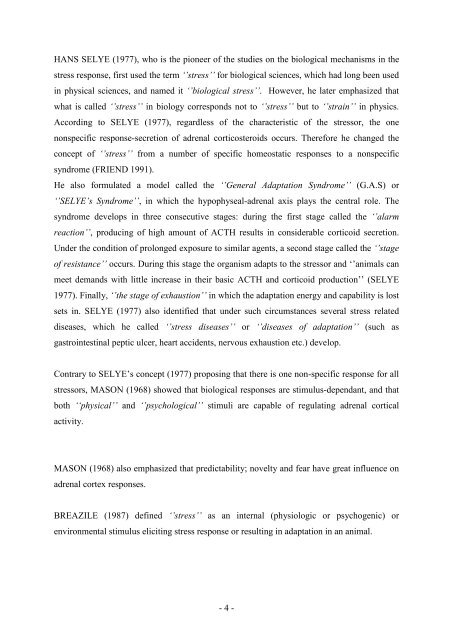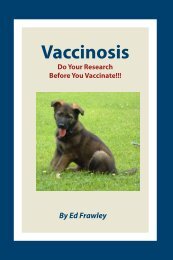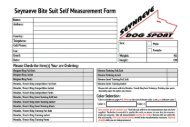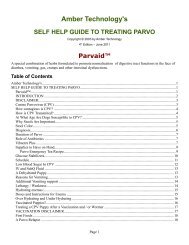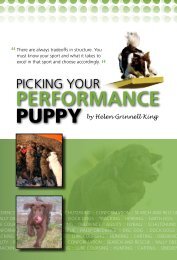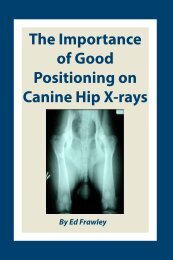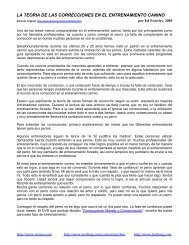Comparison of Stress and Learning Effects of Three Different ...
Comparison of Stress and Learning Effects of Three Different ...
Comparison of Stress and Learning Effects of Three Different ...
Create successful ePaper yourself
Turn your PDF publications into a flip-book with our unique Google optimized e-Paper software.
HANS SELYE (1977), who is the pioneer <strong>of</strong> the studies on the biological mechanisms in the<br />
stress response, first used the term ‘’stress’’ for biological sciences, which had long been used<br />
in physical sciences, <strong>and</strong> named it ‘’biological stress’’. However, he later emphasized that<br />
what is called ‘’stress’’ in biology corresponds not to ‘’stress’’ but to ‘’strain’’ in physics.<br />
According to SELYE (1977), regardless <strong>of</strong> the characteristic <strong>of</strong> the stressor, the one<br />
nonspecific response-secretion <strong>of</strong> adrenal corticosteroids occurs. Therefore he changed the<br />
concept <strong>of</strong> ‘’stress’’ from a number <strong>of</strong> specific homeostatic responses to a nonspecific<br />
syndrome (FRIEND 1991).<br />
He also formulated a model called the ‘’General Adaptation Syndrome’’ (G.A.S) or<br />
‘’SELYE’s Syndrome’’, in which the hypophyseal-adrenal axis plays the central role. The<br />
syndrome develops in three consecutive stages: during the first stage called the ‘’alarm<br />
reaction’’, producing <strong>of</strong> high amount <strong>of</strong> ACTH results in considerable corticoid secretion.<br />
Under the condition <strong>of</strong> prolonged exposure to similar agents, a second stage called the ‘’stage<br />
<strong>of</strong> resistance’’ occurs. During this stage the organism adapts to the stressor <strong>and</strong> ‘’animals can<br />
meet dem<strong>and</strong>s with little increase in their basic ACTH <strong>and</strong> corticoid production’’ (SELYE<br />
1977). Finally, ‘’the stage <strong>of</strong> exhaustion’’ in which the adaptation energy <strong>and</strong> capability is lost<br />
sets in. SELYE (1977) also identified that under such circumstances several stress related<br />
diseases, which he called ‘’stress diseases’’ or ‘’diseases <strong>of</strong> adaptation’’ (such as<br />
gastrointestinal peptic ulcer, heart accidents, nervous exhaustion etc.) develop.<br />
Contrary to SELYE’s concept (1977) proposing that there is one non-specific response for all<br />
stressors, MASON (1968) showed that biological responses are stimulus-dependant, <strong>and</strong> that<br />
both ‘‘physical’’ <strong>and</strong> ‘’psychological’’ stimuli are capable <strong>of</strong> regulating adrenal cortical<br />
activity.<br />
MASON (1968) also emphasized that predictability; novelty <strong>and</strong> fear have great influence on<br />
adrenal cortex responses.<br />
BREAZILE (1987) defined ‘’stress’’ as an internal (physiologic or psychogenic) or<br />
environmental stimulus eliciting stress response or resulting in adaptation in an animal.<br />
- 4 -


